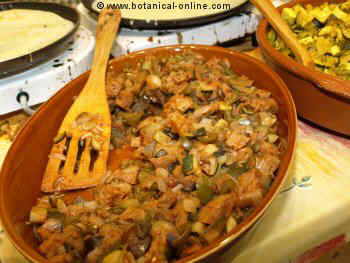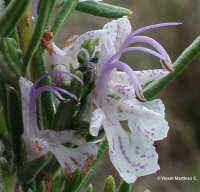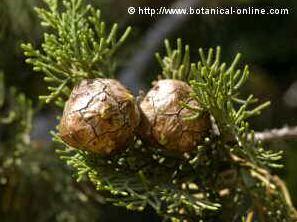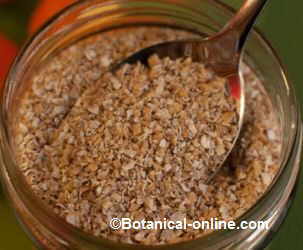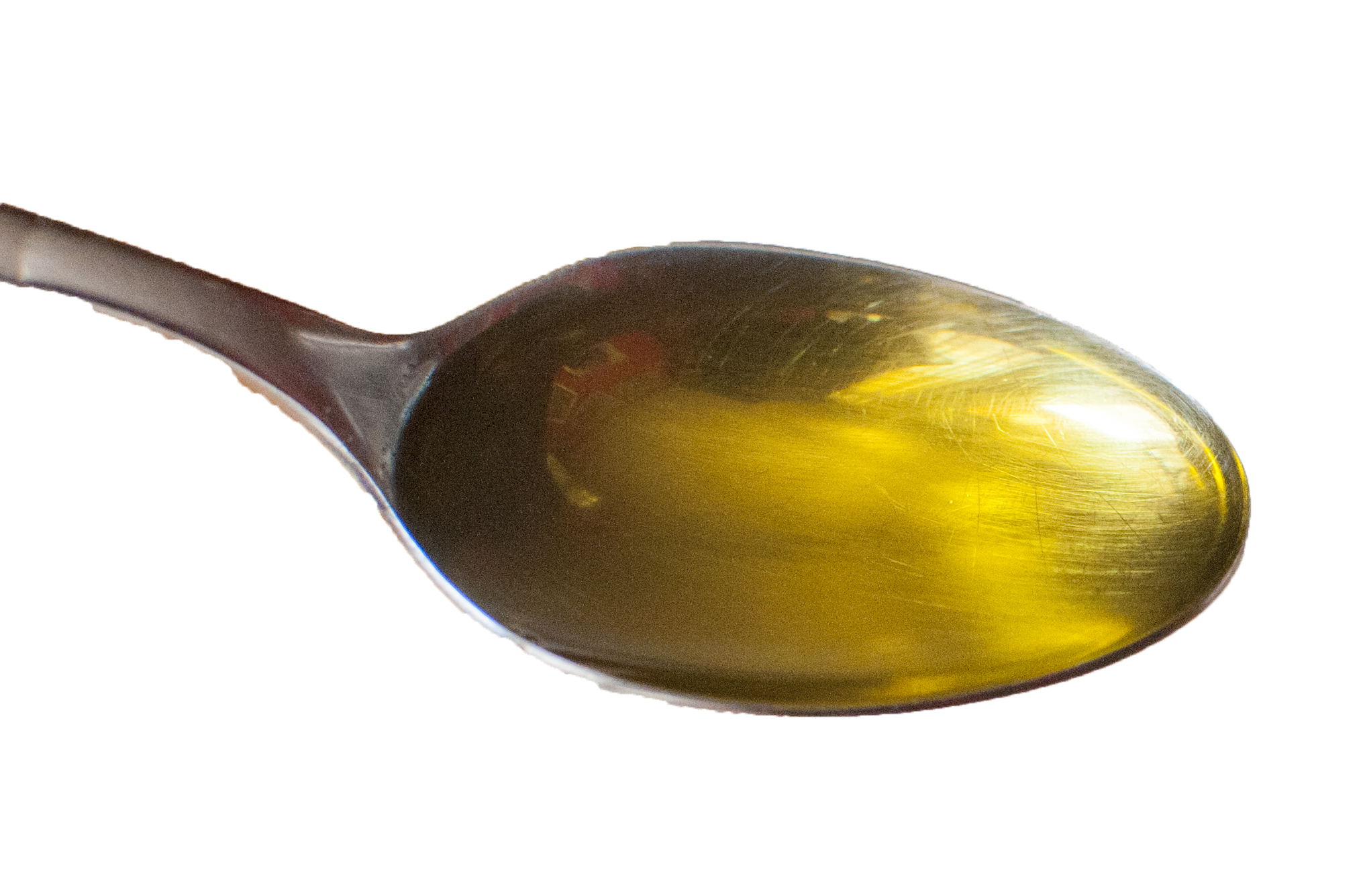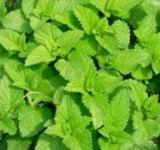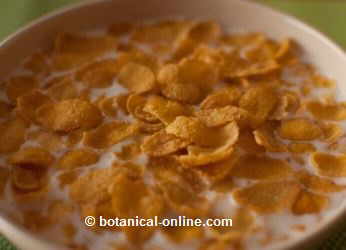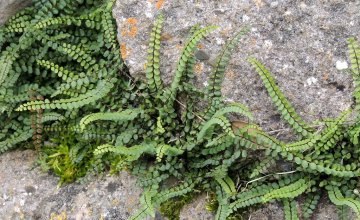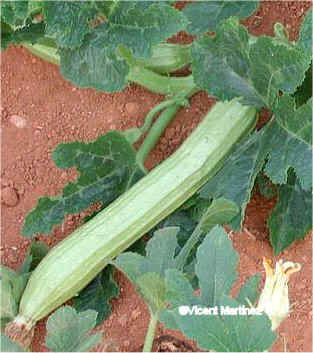Contents
WHAT IS SEITAN GOOD FOR?
What nutrients does the seitan contain?
From about 700 grams of wheat flour we get about 100 grams of seitan. In this quantity of food, at the calorie level it supposes about 123 calories, this energy that disposes its consumption comes mainly from its high protein content that usually moves around 24 grams per 100 g..
To a lesser extent, it also contains fats, about 2 grams, although totally free of cholesterol and the same amount of carbohydrates, although the levels of the latter will be directly related to the perfection with which the washing of the mass has been carried out.
If carried out by hand, if it has been done exhaustively and, therefore, the starch containing the flour has not been completely removed, it may contain levels higher than expected. The rest of the food is composed of water and micronutrients.
Vitamins and minerals of seitan
At the level of micronutrients such as vitamins and minerals, in addition to containing the own raw material of origin, that is to say, wheat, you must add the ones you have acquired through cooking with soy sauce and seaweed Kombu
With regard to soy sauce, we must not forget that this product has high levels of monosodium glutamate, a flavor enhancer that further accentuates the high sodium content of the final product, and may increase hypertension if abused of its consumption.
Benefits of seitan
With seitan you can prepare great dishes rich in protein.
Seitan is a good substitute for animal flesh. It contains no cholesterol, no trace of hormones or antibiotics as it usually occurs in animal flesh.
The stews of seitan, as it appears in the photo above, are dishes where this food is used very well.
* Related information:
![]() More information on seitan and other vegetable meat.
More information on seitan and other vegetable meat.

